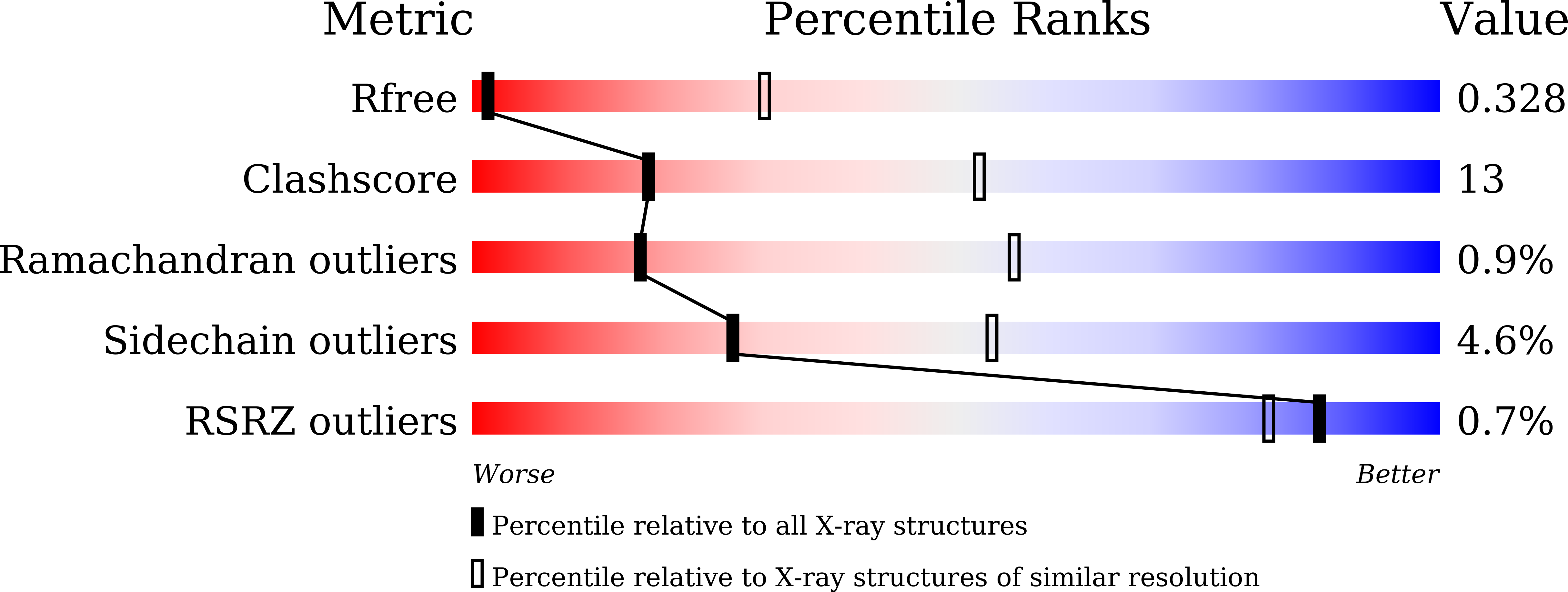
Deposition Date
2019-02-26
Release Date
2020-09-02
Last Version Date
2023-11-22
Entry Detail
Biological Source:
Source Organism:
Escherichia coli K-12 (Taxon ID: 83333)
Host Organism:
Method Details:
Experimental Method:
Resolution:
4.20 Å
R-Value Free:
0.32
R-Value Work:
0.24
R-Value Observed:
0.25
Space Group:
C 1 2 1


